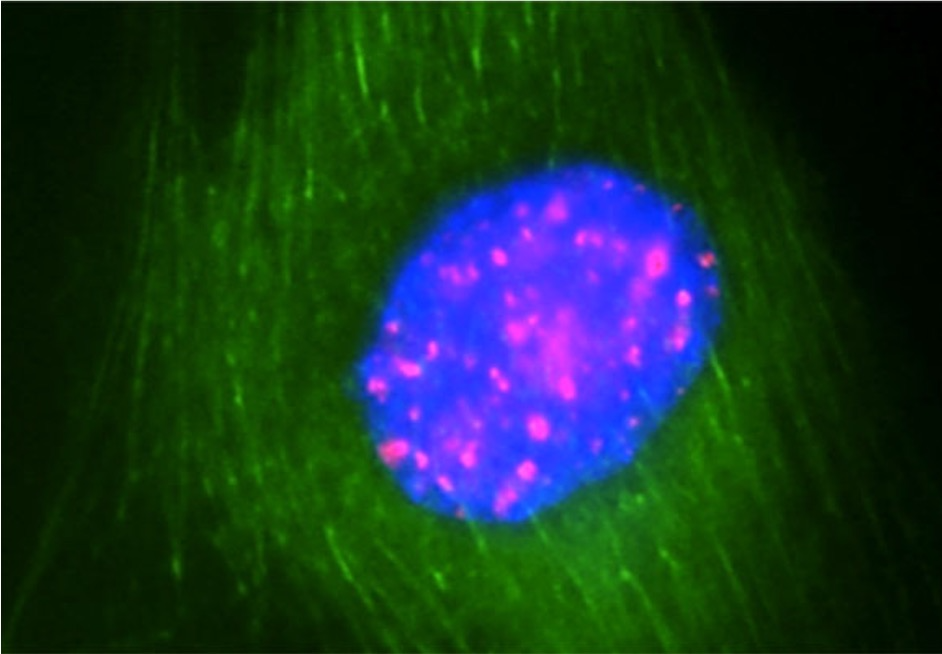Absolute ozone densities in a radio-frequency driven atmospheric pressure plasma using two-beam UV-LED absorption spectroscopy and numerical simulations. Wijaikhum, A; Schröder, D; Schröter, S; Gibson, A.R; Niemi, K; Friderich, J; Greb, A; Schulz-Von Der Gathen, V; O’Connell, D; Gans, T. Plasma Sources Science and Technology 2017
Plasmas are exploited for applications in biomedicine, for example in sterilisation, tackling antimicrobial resistance and new cancer therapeutics.

https://ieeexplore.ieee.org/abstract/document/6894576: A.M. Hirst et al. IEEE Trans. Plasma Sci. 42(10) 2740 (2004) doi: 10.1109/TPS.2014.2351453.
About the Research Area
The main motivation of LTPS for biomedical applications stems from their ability to generate and deliver reactive atomic and molecular species (both long- and short-lived), along with other active components such as UV, charged particles, and electric fields, under ambient conditions to a target. LTPs can stimulate specific biological responses, this is not only, but at least significantly due to the fact that low temperature plasma generated Reactive Oxygen Nitrogen Species (RONS) are the same as the RONS produced endogenously in the human body. They mediate many physiological processes, such as cell-to-cell signalling, immune response, wound healing and cell death processes, so therefore the plasma produced species are expected to mimic the functions of their native counterparts. Many existing clinical therapies already rely on these. The advantage of LTPs is that they directly and simultaneously produce these components offering unique synergies capable of stimulating specific biological responses. Our research involves understanding the plasma driven mechanisms of action and engineering controllable plasma delivery strategies.